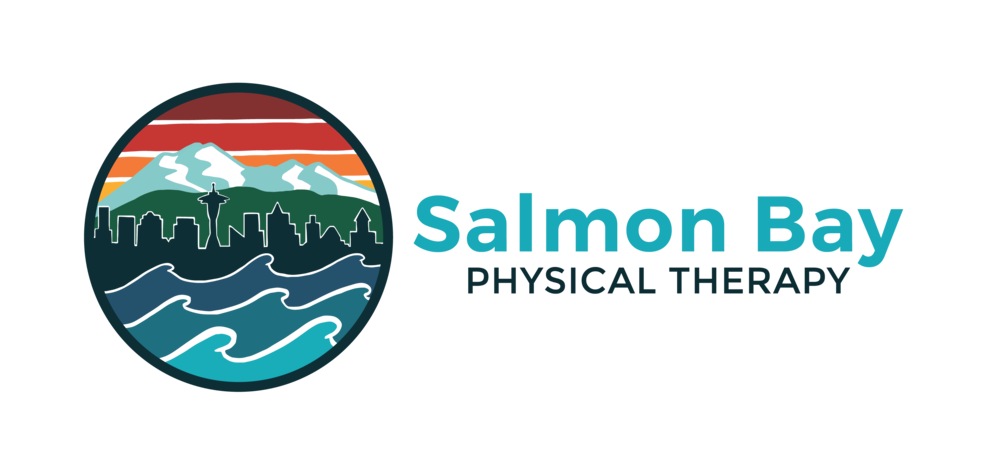Have you ever wondered when you should be stretching with respect to your running program? More specifically, have you ever wondered what type of stretching you should be doing? While the research on stretching is a bit of a mixed bag, there are some tried-and-true principles to follow in book-ending your training runs, no matter your experience level within the sport.
Prior to running, we want to avoid static stretching, focusing rather on dynamic movements/stretches to warm up and prepare our muscles for the rigors of running. Static stretching has been shown to temporarily reduce the power output of our muscles, something we do not want to do prior to a run, as a reduced power output may make us slower. In contrast, a dynamic warm-up activates key muscle groups utilized during the running cycle in order to prepare those very muscles for sustained work. It is important that the dynamic warm-up closely mirror the physical demands of running in order to prepare the most appropriate muscles and tissues. In other words, performing walking lunges and skipping motions would be more appropriate than hitting a heavy bag. Finally, the dynamic warm-up should be simple and concise, requiring no greater than 5-10 minutes to complete. If longer or more complex, it is more likely you will skip it! Here is a sample dynamic warm-up routine:
Following your run, it is safe and appropriate to perform a static stretching routine, targeting the muscles and joints you stressed during your training run. Static stretching should be gentle and prolonged, holding each position for approximately 60 seconds. More aggressive stretching is not more effective, as it can more easily activate the stretch receptors in our muscles and tendons, limiting the ability for the muscles to relax and let go. Aggressive stretching also increases our risk of over-stretching and subsequently injuring our soft tissues. So keep it light! Key muscle groups to stretch following a run are the calves, hamstrings, quadriceps, and gluteals, all of which are primary movers during the running cycle. Here is a sample static stretching routine:
Both routines should be easy and pain free. If you are experiencing discomfort with any of the positions, stop and move on. If possible, consult with a physical therapist or other medical professional if you have any questions or concerns regarding your specific stretching routine.
RUN ON!

